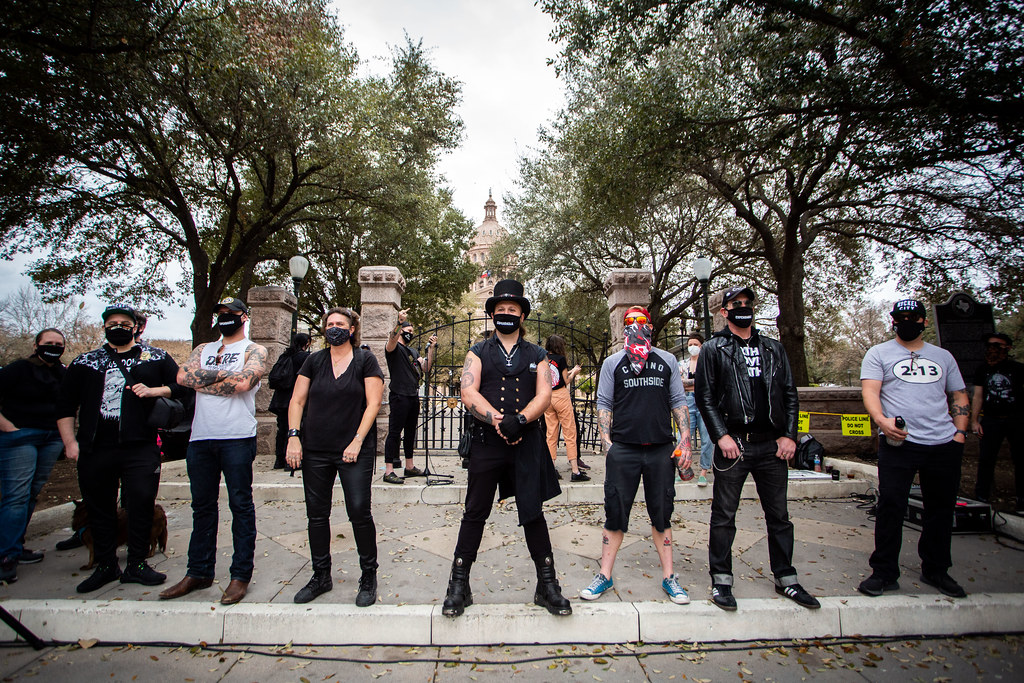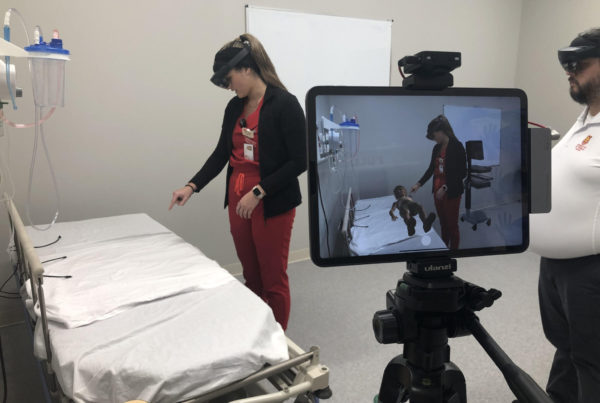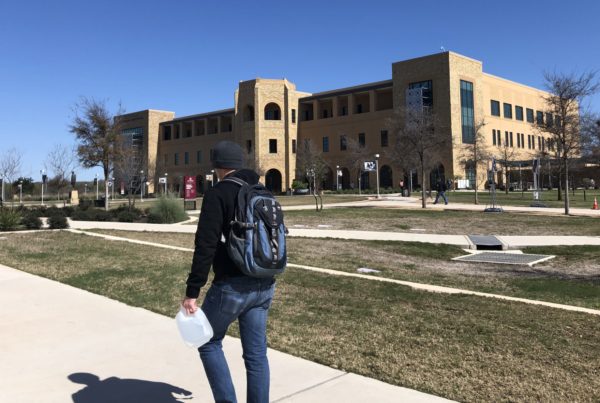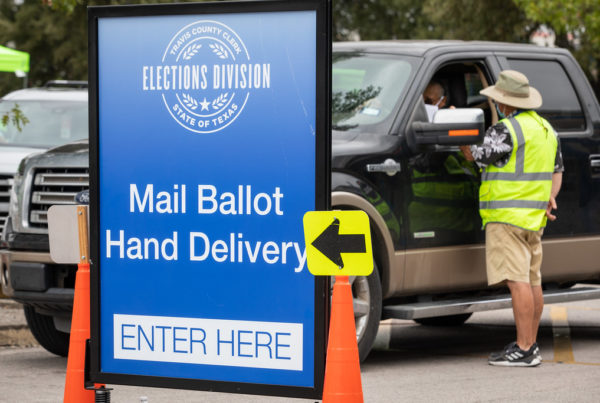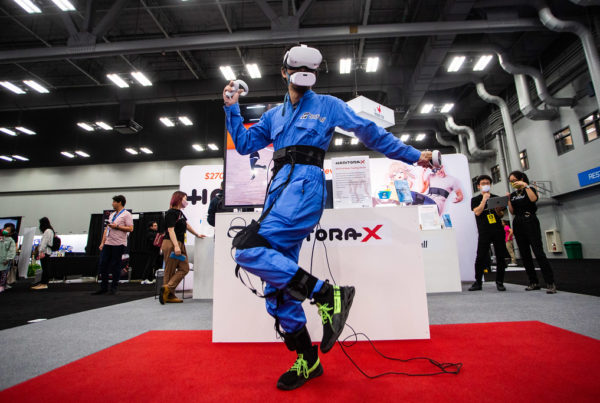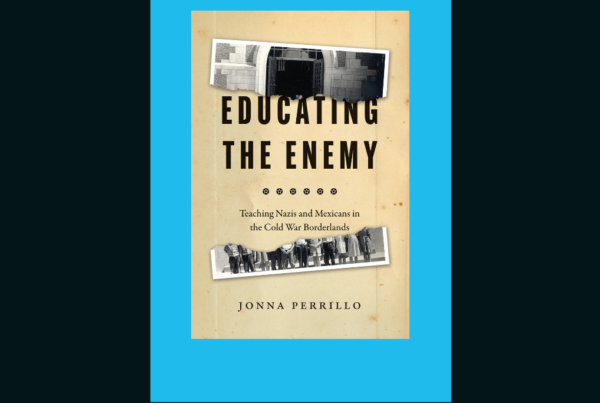A new study from the University of Texas at Austin’s LBJ School of Public Affairs shows that despite shelter-in-place policies implemented in the early days of the COVID-19 pandemic, essential workers, low-income earners and people living in dense environments faced the highest risk for COVID-19 infections and hospitalizations.
Vivek Shastry was a part of this study. He is a graduate research assistant at UT-Austin’s LBJ School.
“This suggests that, despite lower prevalence of hospitalization in the system, the burden of hospitalization that remained was disproportionately borne by those in the lowest income group,” said Varun Rai, a professor in the LBJ School, who co-authored the study. “For lower income and other vulnerable groups who make up a higher proportion of the essential workforce, the social context of their work in high-frequency interaction work environments such as restaurants or grocery stores, and the inability to comply with social distancing guidelines puts them at a higher risk of infection and hospitalization.”


